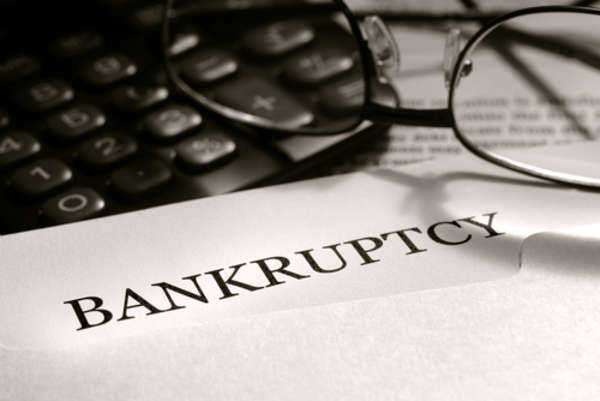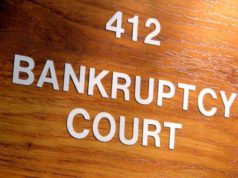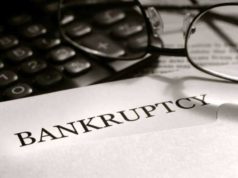 Certainly, bankruptcy cases may not begin without bankruptcy petitions. However, declaring bankruptcy is not as simple as just verbally stating one is bankrupt or handing a signed statement to authorities. As with essentially any other legal process or means of relief, a formal recognition of one’s insolvency is contingent on the submission of an application. In terms of the documentation that signifies one’s appeal to the courts for relief under the Bankruptcy Code, a bankruptcy petition form must be completed in full. In truth, forms for bankruptcy petitions are fairly straightforward, but nonetheless, they must be understood and filled out correctly as far as the debtor’s circumstances are concerned.
Certainly, bankruptcy cases may not begin without bankruptcy petitions. However, declaring bankruptcy is not as simple as just verbally stating one is bankrupt or handing a signed statement to authorities. As with essentially any other legal process or means of relief, a formal recognition of one’s insolvency is contingent on the submission of an application. In terms of the documentation that signifies one’s appeal to the courts for relief under the Bankruptcy Code, a bankruptcy petition form must be completed in full. In truth, forms for bankruptcy petitions are fairly straightforward, but nonetheless, they must be understood and filled out correctly as far as the debtor’s circumstances are concerned.
The following are some things to consider when completing and filing a bankruptcy petition form:
Statistically, the majority of bankruptcy petitions are requested by the party in debt. The importance of the initial voluntary bankruptcy petition form is connoted by the primacy of its official designation with the U.S. Bankruptcy Courts: the B-1 Voluntary Petition. B-1 bankruptcy petitions contain a number of different specific fields that are relevant to classifying one’s need for bankruptcy.
Of course, the voluntary bankruptcy petition form contains more basic information that is standard to most applications, such as name, mailing address/residence, and Social Security number, if applicable. As for the more particular aspects of the petition, they include the type of debtor filing (individual vs. partnership/corporation), the chapter of the Bankruptcy Code under which one is filing, and the nature of one’s debts (i.e. consumer-based vs. business-oriented). In addition, applicants will need to indicate on bankruptcy petitions how many creditors they owe and the estimated amounts of all debts/liabilities.
Appeals to filing for bankruptcy do not necessarily need to come from debtors, though. Indeed, there are mechanisms in place for petitions to be filed by creditors in the hopes of collecting on their investments. It should be noted that a separate bankruptcy petition form exists for an involuntary petition: the B-5 Involuntary Petition. Realistically, though, B-5 bankruptcy petitions are fairly similar to their voluntary counterparts.
The primary distinction made in the actual documentation is that the identifying data and estimates of debts and obligations are presumptions on the part of a lender-applicant based on known information. There is also a special section for allegations made of the debtor, including the assertion that he or she is not making payments on his or her liabilities.
Regardless of the exact bankruptcy petition form that a person, corporation or other entity must submit to the court, unless the court recognizes the debtor’s material inability to pay the fines as they are, requisite filing fees will be attached.
Exact fees vary for the chapter under which the form is filed, but whatever the case, applicants should expect to part with $200 or more. Plus, there are miscellaneous charges for all bankruptcy petitions of which to take note. Specifically, there are a $39 administrative fee and $15 trustee surcharge.
















